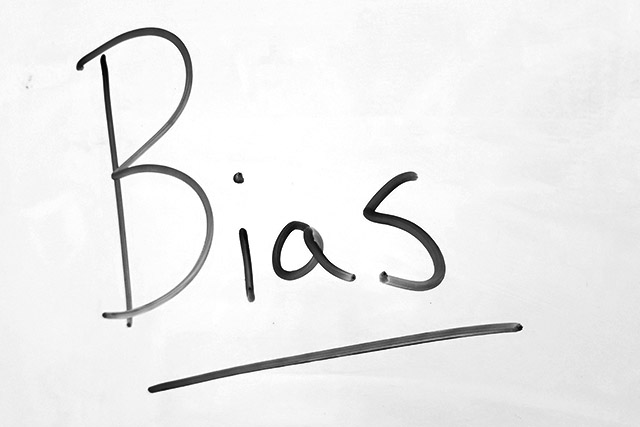Try It
Watch Out for Bias!
We’ve learned how graphs, charts, and tables can show information and how to analyze historical sources. Mr. Lexington also says that we should be on the lookout for bias when we analyze sources.
Here is a reminder from Mr. Lexington.
 Bias is a strong opinion, good or bad. People who write sources often show their bias. When you use any historical source, remember that it might show bias. Bias can mean that the information is not exactly right or that some information is missing.
Bias is a strong opinion, good or bad. People who write sources often show their bias. When you use any historical source, remember that it might show bias. Bias can mean that the information is not exactly right or that some information is missing.
Understanding Tables
Now let’s analyze a table as a historical document. I’m researching immigration for my National History Day Project. This table shows immigration data from 1903. We’ll use the primary source analysis process we practiced. Let’s study the information in this table.

Finish the next section by typing your observations, reflections, questions and any ideas about the table. Click the link below if you want to print the document and fill in your responses.
>>Primary Source Analysis Tool
> Text version for interactive










